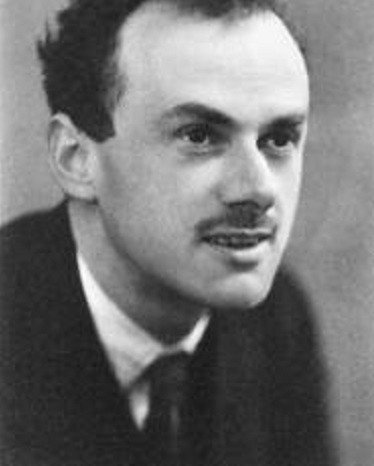
“A physical laws must possess mathematical beauty,” argued this English physicist. He was one of the founders of quantum mechanics, and developed quantum statistics, a relativistic theory of electron motion that predicted positron and annihilation and pair-birth, and imagined a “one-end stick,” a hypothetical particle with a magnetic charge, the Dirac monopole. He received the Nobel Prize for all these things together with Schroedinger in 1933 – with the statement “for the discovery of new productive forms of atomic theory.” He didn't want to take the Nobel because he hated publicity, but Rutherford persuaded him to accept the prize with an armor-piercing argument: rejection is a much noisier publicity. He loved Agatha Christie's detectives, but when he was asked by journalists about his hobby, he replied, “Thinking,” as befits a true scientist. Like all great scientists, he was awkward and absent-minded; when he married, he introduced his wife as the sister of the physicist Wigner, without mentioning that she was his wife. He also traveled extensively, visiting universities in Japan, the USSR, and the United States. He even worked in America – after leaving the chair in Cambridge once held by Isaac Newton. For the rest of his life, Dirac worked as a professor at the University of Florida. He wrote the famous phrase about the mathematical beauty of physical laws on the wall of the theoretical physics classroom at Moscow State University.
























